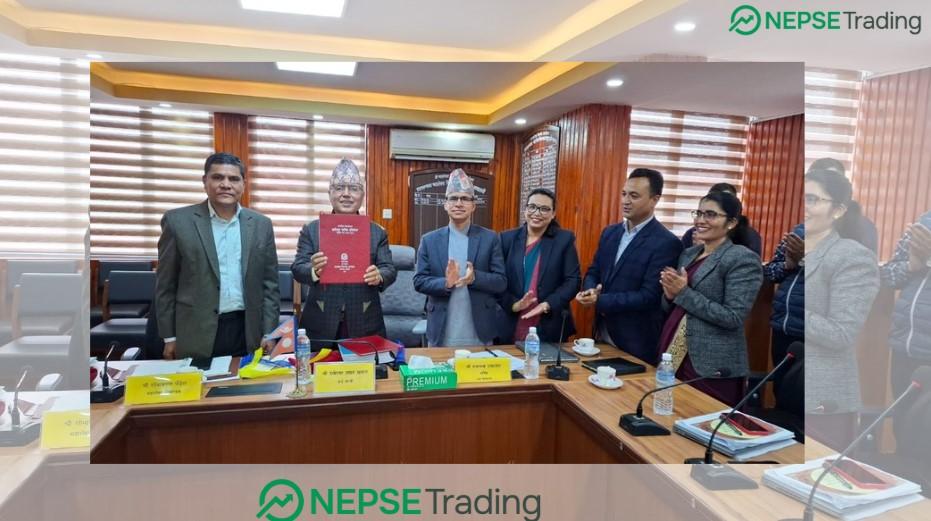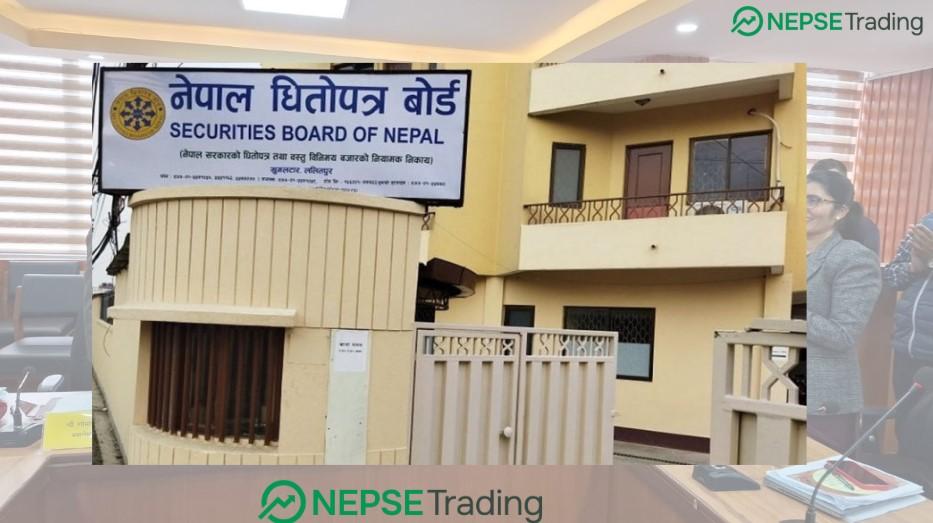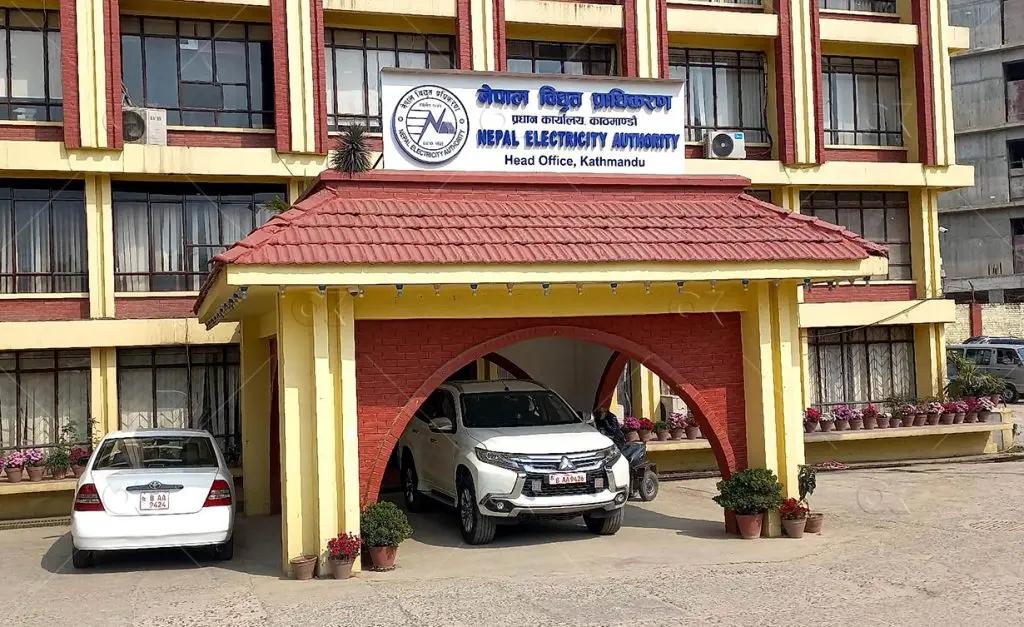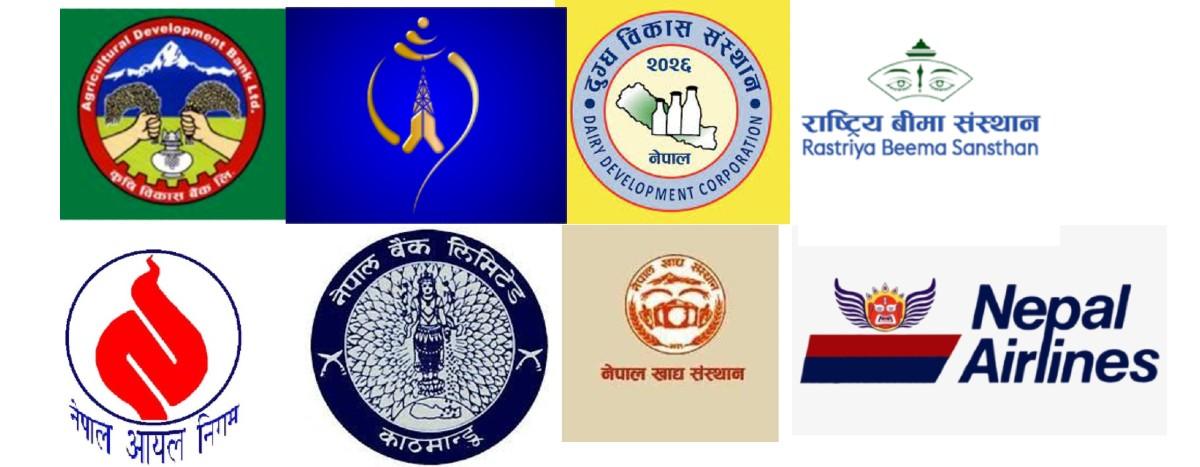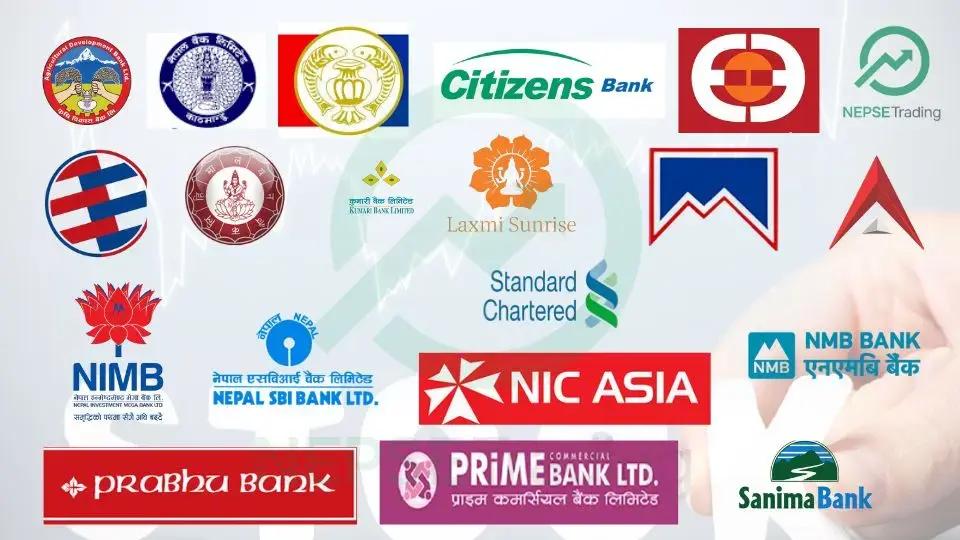By Sandeep Chaudhary
NRB Report 2025: Bank Credit to Production and Service Sectors Rises Despite Agriculture Slowdown

Nepal Rastra Bank’s Sectorwise Outstanding Credit Report (Mid-August 2025) reveals a significant shift in Nepal’s lending dynamics. While total bank credit slightly decreased by 0.3 percent to Rs. 5.57 trillion, the internal structure of loans indicates that banks are increasingly focusing on production, service, and consumer sectors rather than agriculture. Credit to the production sector rose by 0.8 percent to Rs. 890.8 billion, driven mainly by the cement, iron, steel, and textile industries. This rise reflects ongoing investment in infrastructure, manufacturing, and energy-intensive industries despite sluggish domestic demand. The service sector also expanded by 0.6 percent, reaching Rs. 481 billion, supported by tourism, automobile repairs, and healthcare services, signaling recovery in consumer spending and business activity. However, the hotel and education sub-sectors saw moderate declines, indicating uneven growth across services.
In contrast, agricultural credit contracted by 1.4 percent to Rs. 412.1 billion, with notable declines in farming, tea, and agro-services, highlighting lower rural borrowing and reduced interest in long-term farm investments. The slowdown in microfinance lending, which fell by around 10 percent, also points to tighter regulations and cautious credit expansion under NRB’s supervision. Meanwhile, consumable loans remained stable at Rs. 1.15 trillion, with notable growth in gold-backed loans, guarantee bonds, and credit cards—indicating rising urban consumption and household borrowing. Construction loans grew by 0.6 percent, largely driven by highway and large infrastructure projects.
Overall, the NRB’s 2025 data paints a picture of structural transformation within Nepal’s credit system: banks are redirecting funds from agriculture and microfinance toward urban, industrial, and service-based lending. This transition signals improving business confidence but also raises concerns about declining rural access to finance. The mixed pattern of sectoral credit growth suggests Nepal’s economy is slowly recovering, though unevenly across regions and industries.


